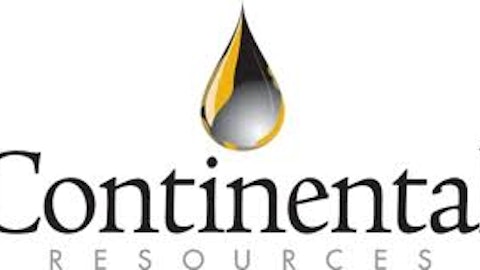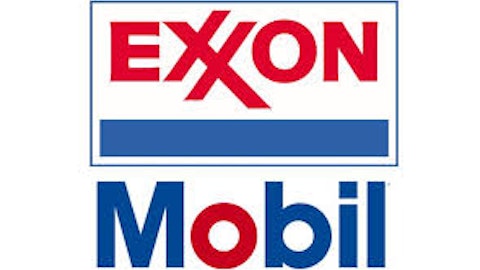A lot of people don’t look favorably on crude oil produced in Alberta’s oil sands. In addition to the fact that oil sands production spews greater quantities of greenhouse gases into the atmosphere, some have voiced concerns about the physical and chemical properties of the oil.
That’s because oil sands crude contains something called bitumen — a thick, viscous substance that doesn’t flow unless it’s heated or diluted. For bitumen to be shipped by pipeline, it needs to be diluted with specialty chemicals to produce diluted bitumen, or “dilbit” crude.
Some argue that dilbit crude is much more corrosive than other types of crude oil and that pipelines transporting it are more susceptible to leaks. But a new study by the National Research Council argues otherwise. Let’s take a closer look.
Dilbit crude and leak risks
According to a committee of scientists reporting to the U.S. Department of Transportation, diluted bitumen doesn’t pose a higher risk of leaks than other types of crude oil when transported by pipeline.
Scientists found no evidence that dilbit crude has physical or chemical properties that are materially different from that of other crude oils or that would make a pipeline transporting dilbut crude more susceptible to leaks, the NRC said.
The report, which came out June 25, confirms findings from a June hearing last year, in which crude oil transportation experts argued that dilbit upgraded from Canada’s oil sands is physically and chemically similar to other varieties of sour crudes.
No mention of environmental impact
Importantly, however, the study focused mainly on whether transporting dilbit crude increased the risk of pipeline leaks. It didn’t investigate whether the environmental impact of dilbit crude spills is more severe than spills involving other types of crude oil. Perhaps it should have, because what few examples exist indicate that the stuff is a real hassle to clean up.

Similarly, environmental damage from the rupture of an Exxon Mobil Corporation (NYSE:XOM) pipeline carrying bituminous crude oil near Mayflower, Ark., has also been quite devastating, according to several local residents. Dozens of property owners and residents have sued Exxon, alleging that the spill has caused them numerous health problems, including nausea and headaches, as well as property damage and declines in property values.
In addition, Arkansas and federal officials filed a lawsuit against Exxon Mobil Corporation (NYSE:XOM) in June, alleging that the company violated numerous state and federal statutes, including Arkansas’ Water and Air Pollution Control Act, its Hazardous Waste Management Act, and the federal Clean Water Act. Depending on the outcome of the case, Exxon could face civil fines ranging from $10,000 to $25,000 a day and federal Clean Water Act violation fines of up to $4,300 per barrel of oil spilled.
Perhaps more worrying, though, is the alleged lack of transparency in the investigation of the spill’s aftermath and cleanup efforts. In the weeks following the spill, several sources reported that the entire affected area was cordoned off and that some news reporters were rejected access to film and inspect the damage.
This strategy of downplaying the environmental impact of a major oil spill is quite reminiscent of what BP plc (ADR) (NYSE:BP) did in the aftermath of the 2010 Gulf of Mexico oil spill, when former CEO Tony Hayward suggested that the spill was nothing more than a drop in the ocean. Three years later, the facts paint a different picture; the 2010 Gulf spill is widely regarded as the worst accidental oil spill in history.




